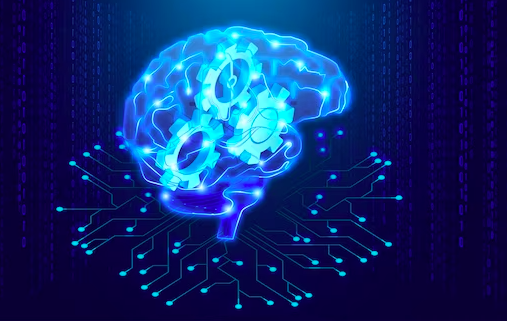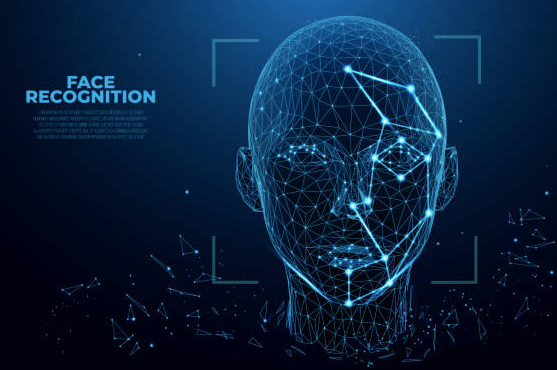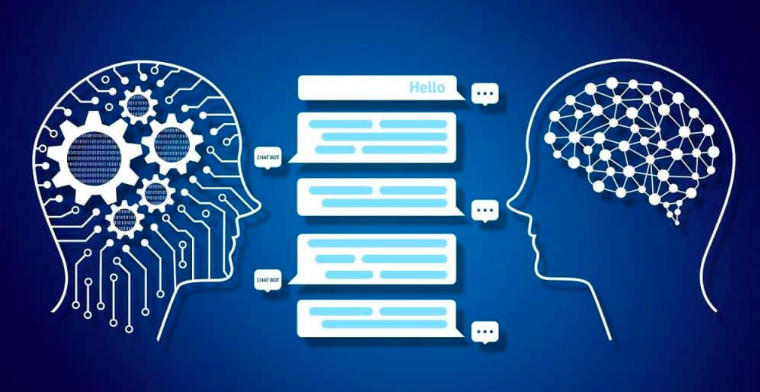Deep Learning

Introduction:
Deep learning is a subset of machine learning that uses artificial neural networks to learn from data. It is a powerful tool that has been used to achieve state-of-the-art results in a wide variety of applications, such as image recognition, natural language processing, and speech recognition.
How Does Deep Learning Work?
Deep learning models are inspired by the human brain. They are made up of multiple layers of artificial neurons, which are interconnected in a way that allows them to learn from data. The more data the model is trained on, the better it becomes at making predictions.
Deep Learning Applications
Deep learning is used in a wide variety of applications, including:
- Image recognition: Deep learning models can be used to identify objects in images. This is used in applications such as facial recognition, self-driving cars, and medical image analysis.

- Natural language processing: Deep learning models can be used to understand human language. This is used in applications such as machine translation, chatbots, and sentiment analysis.

- Speech recognition: Deep learning models can be used to recognize speech. This is used in applications such as voice assistants, dictation software, and call centers.

- Medical diagnosis: Deep learning models can be used to diagnose diseases. This is done by analyzing medical images and data.

- Financial trading: Deep learning models can be used to predict financial trends. This is used by traders to make investment decisions.

The Future of Deep Learning
Deep learning is a rapidly evolving field with a bright future. As deep learning models continue to improve, we can expect to see even more innovative and groundbreaking applications of this technology in the years to come.
Some of the potential future applications of deep learning include:
- Virtual assistants: Deep learning-powered assistants can understand our natural language and help us with tasks such as scheduling appointments, making reservations, and finding information.
- Virtual reality and augmented reality: Deep learning can be used to create more immersive and interactive experiences in virtual reality and augmented reality.
- Medical diagnosis: Deep learning can be used to analyze medical records and help doctors to diagnose diseases more accurately.
- Financial trading: Deep learning can be used to analyze financial data and help traders to make better decisions.
- Customer service: Deep learning can be used to create chatbots that can answer customer questions and resolve issues more quickly and efficiently.
These are just a few of the many potential future applications of deep learning. As deep learning technology continues to improve, we can expect to see even more innovative and groundbreaking applications of this technology in the years to come.
How Can You Get Involved in Deep Learning?
If you are interested in getting involved in deep learning, there are a few things you can do:
- Learn about the basics of deep learning: There are many resources available online and in libraries that can teach you about the basics of deep learning.
- Get involved in the deep learning community: There are many online forums and communities where you can connect with other people who are interested in deep learning.
- Contribute to open source deep learning projects: There are many open source deep learning projects that you can contribute to. This is a great way to learn about deep learning and to get your foot in the door.
- Pursue a career in deep learning: There are many job opportunities available in deep learning. If you are interested in pursuing a career in deep learning, there are many programs available that can help you to develop the skills you need.
Deep learning is a rapidly growing field with a bright future. If you are interested in artificial intelligence, deep learning is a great field to get involved in.


